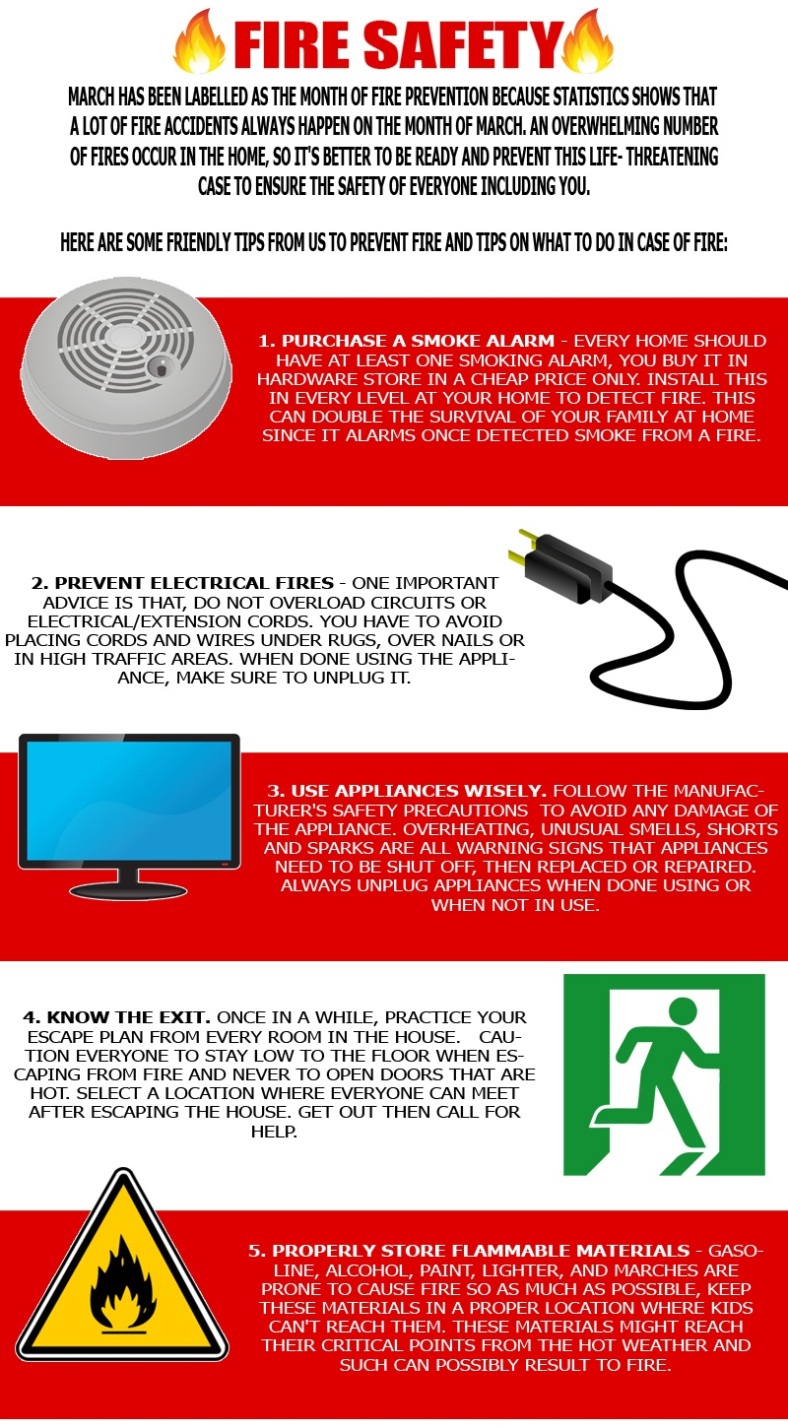
Automatic fire sprinkler systems are a complete lifesaver. However, like most of mechanical equipment, these systems have to be kept so as to offer maximum protection to structures, the contents of those structures and most importantly -their occupants.
A sprinkler system has numerous elements that could become blocked by particulates or rust, ultimately resulting in a blockage or flow with the capability to cause system failure. These dangers grow internally, so they can’t be viewed from the naked eye. Without regular maintenance and inspection, a system may fail when called upon, causing a building to burn to the floor despite management’s good goals and investment. It’s not sufficient to have a fire protection program; a properly preserved process is crucial.
To be able to provide property managers a powerful incentive to keep their fire security systems correctly, the National Fire Protection Association (NFPA) took a substantial step in 2002 by obeying an internal review of the ducts and components of systems no less often than every five decades. These guidelines for review, which are generally known as NFPA Pamphlet 25, involve steps that assist in the discovery of hidden risks posed by foreign substance which may compromise the machine. Such overseas substance may comprise microbiologically influenced corrosion (MIC), rust, sludge and debris out of national water supplies.
A thorough automated fire sprinkler program inner review will detect obstacles and rust that will assist the system stay fully operational. These reviews can be carried out visually by qualified security professionals or via an independent adviser using scopes and lab testing. These tests can include:
Microbiologically Influenced Corrosion – Identifies bacteria in most domestic water supplies that can assault the compounds at a sprinkler system
Obstruction Detection – Identifies whether foreign issue is blocking piping, sprinklers, valves or other elements of this machine
Corrosion Detection – Identifies “thinning” of pipe walls because of corrosive inner action, typically in the reaction involving oxygen, steel and water
As a part of an internal review, the plumbing may also be flushed if foreign issue is detected. This overseas organic or inorganic substance can then be recorded and correctly identified in order to ascertain a plan of correction which is going to keep the system fully operational. When these inspections are tough, possibly “dirty” job which should only be carried out by qualified specialists, they can normally be achieved without disrupting the business day.
Particular attention is justified for systems which draw water from municipal sources of difficult water or untreated water straight from bodies of pure water. Hard water may result in surplus mineralization that could prevent pipes. In 1 case, among our review teams found zebra mussels within a customer’s system which was drawing them by a nearby body of clean water!
As one of several bodies which subscribe to the NFPA’s guidelines, the Illinois Department of Public Health (IDPH) demands that all buildings under its authority perform this last-minute inner fire defense system barrier inspection. All hospitals, nursing homes, and extended care facilities in the country are under IDPH authority, and consequently subject to all applicable NFPA codes and requirements. Our current experience suggests that the IDPH has stepped up enforcement of this review requirement, together with severe implications for the ones that fail to honor.
Personal insurance companies might also have special codes and requirements for fire protection system reviews that have to be followed so as to keep in compliance with all the conditions of the policies Fire extinguisher tagging. All home owners or owners need to make certain to check with their insurance provider concerning particular requirements.
Complying with all the NFPA five-year internal inspection principle also brings a positive financial return. Buildings which are wholly insured by sprinkler systems generally get lower insurance rates and might get additional reductions by getting internal inspections every five decades. Most of all, regular system reviews bring reassurance that fire security systems can do their tasks to save both individuals and property in case of fire.

